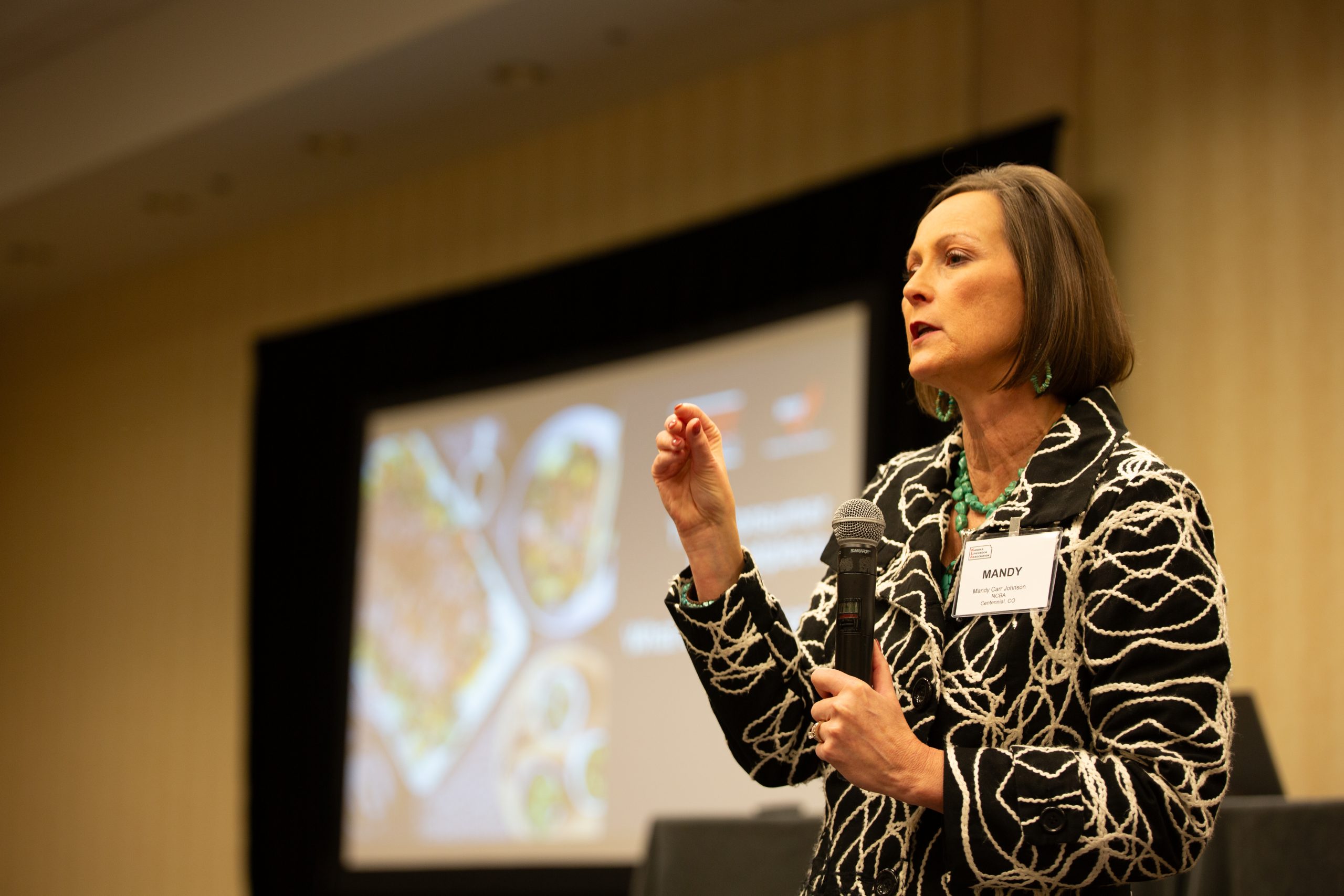Fifteen years ago, the Kansas Livestock Association debuted their first consumer trends forum at their convention, hoping to provide a little insight into habits and trends shaping the modern consumer and how Beef Checkoff activities work to build beef demand.
Much has changed in that time frame, and this year, Mandy Carr Johnson detailed what is happening in this realm for attendees. Johnson is the senior executive director of scientific affairs department at the National Cattlemen’s Beef Association where she leads a team that looks after technical research in beef safety, product quality, human nutrition and sustainability, as well as the market research and nutrition and health influencer programs.
Johnson started off by looking at who the main consumers are today. Within the overall population generations—the greatest generation, the silent generation, baby boomers, Gen X, millennials, Gen Z and Alpha—there’s one who is the largest across all of them. The millennials. However, Gen X is the one that has the most disposable income, she said.
“So it’s really important as we look at marketing to consumers, that we balance the largest group and who in time will have the most disposable income,” she said. “But right now, many of them are still building a career, still building a family so don’t have as much disposable income, but they will.”
People are engaging in something—they’re reading something, watching a video or engaging with some sort of content.
But where are they looking for information? Definitely not broadcast TV she said, because they’re not watching it.
“They are looking at digital TV and digital media,” she said. “So Netflix, TikTok, Hulu, other forms of streaming TV is where those consumers are.”
That might be why there’s not many beef ads on broadcast TV because millennials and Gen X—the ones with the most disposable income—are using streaming services.
But what does all the information gathering, social media and other places where consumers get information from have to do with their spending behavior?
“Consumers are really feeling the pinch of inflation to their disposable income,” she said. “The price of groceries overall has gone up.”
Consumers are cutting back on the “ticket price” when it comes to eating out. They don’t get alcohol or appetizers and they will skip the dessert.
Many are still spending on what’s in the center of the plate and maybe they’re paring it back from the highest priced item to something else, but they’d much rather cut out the appetizer first and then take off the dessert. But please don’t ask them to cut back on the main course.
“That’s an opportunity for beef,” she said. “The No. 1 reason that consumers come back to beef—the eating experience. They love the product, whether it’s a burger, or it’s a steak.”
Another trend she’s seeing in consumers today is the evolution and importance of what they believe is part of their overall health and wellness. Ten and maybe even 20 years ago, consumers might have had a different perspective on the subject. Today consumers see health and wellness as much more than food and exercise.
“They’re looking at their overall well-being,” Johnson said.
Some of that is an evolution of the pandemic, but the population is also aging. Johnson asked if attendees think about overall health and wellness differently and said as that shift happens, physical health has other considerations.
Johnson said when consumers are asked about their knowledge about how beef is raised, the numbers continue to go down. About 28% self-proclaimed consumers know a lot about how cattle are raised for food.
“That might be the case in some of the more rural areas, but I can tell you I live in Denver. None of my neighbors know how food is raised. They want to drive one mile and pick it up,” she said. “And what they do is they trust you. They trust that you are doing right by the animal. You are doing right by the environment and all those other factors.”
Sign up for HPJ Insights
Our weekly newsletter delivers the latest news straight to your inbox including breaking news, our exclusive columns and much more.
The most important thing to them is welfare of the animals.
“So keeping that in mind and doing right by animal welfare, brings that trust to continue to eat the product,” Johnson said.
Kylene Scott can be reached at 620-227-1804 or [email protected].



